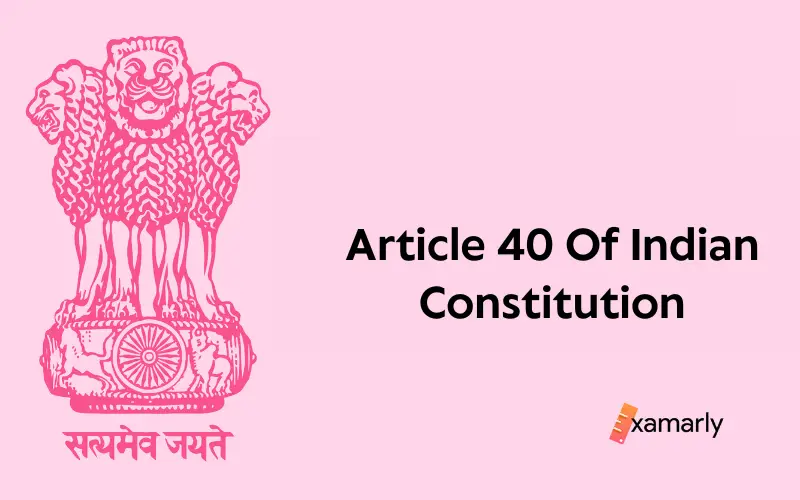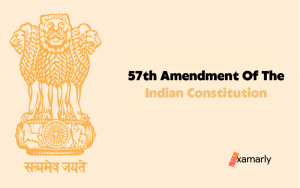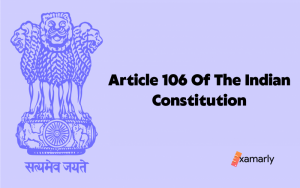There are so many articles in our Indian constitution that are prominent. These further became few of the important amendments that shaped the nation we are residing in today. We will discuss one of the pivotal articles today. The Article 40 of Indian constitution has a very important role to play in upbringing the impeccable governing hierarchy we have out government running smooth through. Let us discuss it in detail.
- For the betterment of society and its people, the Directive Principles of State Policy (DPSP) have been put in place.
- These principles aim to create favorable social and economic conditions for the citizens to have a good standard of living and lead a good life.
- In a nutshell, paving way for the social and democratic welfare of the state is the ultimate aim of the Directive Principles.
- Article 40 of the Indian Constitution is a manifestation of one of the Directive Principles that compels the State to take appropriate measures for establishing Village Panchayats and bestowing them with authority for functioning as units of self-government.
- Let us delve deeper into the details of Article 40 and gain a complete understanding of it.
The Purpose Of Article 40 Of Indian Constitution
- Article 40 is of utmost importance as it brings the backward areas and weaker sections of the country to the center stage. Its primary focus is on the villages that have seen negligence for a very long time. It is a bid for solving the problems that are common to the village populace.
- Therefore, Article 40 of the Indian Constitution throws light on the formation of Village Panchayats or Gram Panchayats. It further provides scope for the allocation of necessary power and authority to carry out the responsibility of self-government units.
- To serve this purpose, a local government which is the third tier was formed. It came to be known as the Panchayati Raj in villages. This was implemented across most of the Indian states.
Village Panchayats: An Embodiment Of Article 40 Of Indian Constitution
- Article 40 makes provision for organizing Village Panchayats as units of self-government.
- The role of the Panchayat is to function as a unit of self-government. It is responsible for making the state machinery aware of the problems of their respective villages.
- People in villages seldom knock on the door of higher authorities of government for solutions owing to their lack of confidence. These problems can be solved by the Village Panchayats.
- For instance, it is a common occurrence in villages for children beyond the age of 7 to be a part of the workforce to earn daily wages or living wages. The role of Village Panchayat would be to raise awareness in their village regarding education for children. It would emphasize the necessity of child development by sending children in villages to school for gaining compulsory education.
- Besides, women in villages are also forced to work even in deplorable health conditions. They are also victims of domestic abuse and there are other family issues as well. The Panchayat can be instrumental in resolving such problems.
History And Analysis Of Article 40 Of Indian Constitution
- Article 40 took its shape from Draft Article 31-A.
- However, the latter was not part of the Draft Constitution of 1948. It was introduced during the ongoing discussions over the Draft Constitution on November 22, 1948, as a new amendment.
- The objective of the amendment was to “unequivocally” mandate the State to implement a Panchayati Raj system in India.
- The Assembly seemed to agree that the Article should be included in the Draft Constitution. Some emphasized the economic and military advantages of establishing “village republics”. Others stressed that the Article constituted the culmination of Mahatma Gandhi’s theories on the function of villages.
- This amendment was incorporated into the Draft Constitution without any objection.
- Keeping in mind the experiences of the last forty years or so along with the observations that were made, the need for the adoption of the policies of Panchayati Raj was felt.
- Certain basic and essential features of it needed to be added to the Constitution to confer reliability, progression, and influence to them.
- It is the responsibility of the respective state government to ensure the organization of the governments at the grass root level and their smooth functioning. This would contribute to the betterment of society, especially the rural areas.
You Might Also Like – 5th Schedule Of Indian Constitution: Indian Polity Notes
Which Amendment Was Brought About By Article 40?
- Article 40 was included as a part of the Statement of Objects and Reasons that was attached to the Constitution (72nd Amendment) Bill, 1991. This went on to be enacted as the Constitution (73rd Amendment) Act, 1992.
- Through Article 40 of the Constitution of India, the 73rd Amendment of the Indian Constitution came into force to bring into effect one of the Directive Principles of State Policy (DPSP) obeying the Gandhian principle of reconstruction ideology.
Summing Up
- Article 40 was put in place for the organization of Village Panchayat or Gram Panchayat in the country. It was felt that for the growth and progress of the villages this was a necessary measure.
- The need to render legitimate power authority to the panchayat to function as self-government was felt.
- The 73rd Amendment emphasized Panchayati Raj.
- Article 40 propagates the Gandhian Principle of reconstruction ideology. Mahatma Gandhi’s concepts have been included in the Directive Principles of State Policy (DPSP) which aims to create a ‘Welfare State’ to ensure a decent standard of living for its citizens.
FAQs
Why is Article 40 of Indian Constitution of significance?
Article 40 of the Indian Constitution is of great significance as it relates to the organization of Village Panchayats in the country as functional units of self-government.
When was Article 40 added to the Indian Constitution?
Article 40 was added to the Indian Constitution in 1949.
Which amendment of the Constitution of India did Article 40 contribute to?
Article 40 contributed to the enactment of the Constitution (73rd Amendment), 1992.






